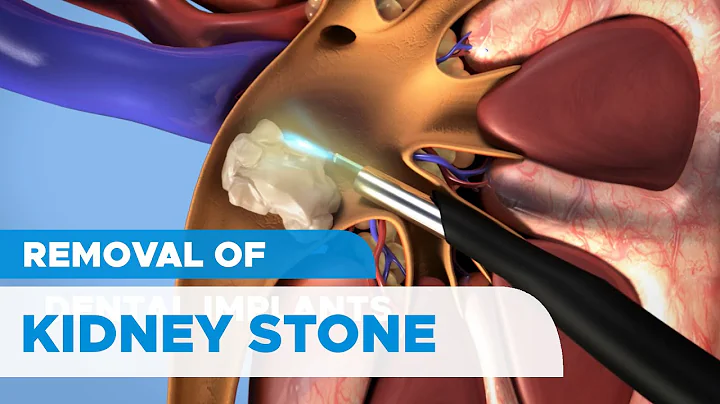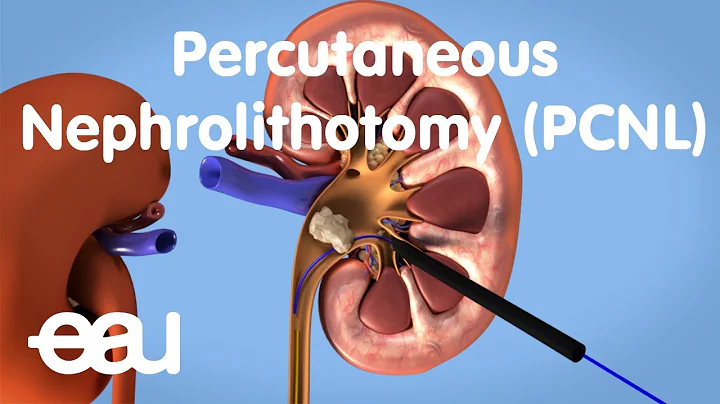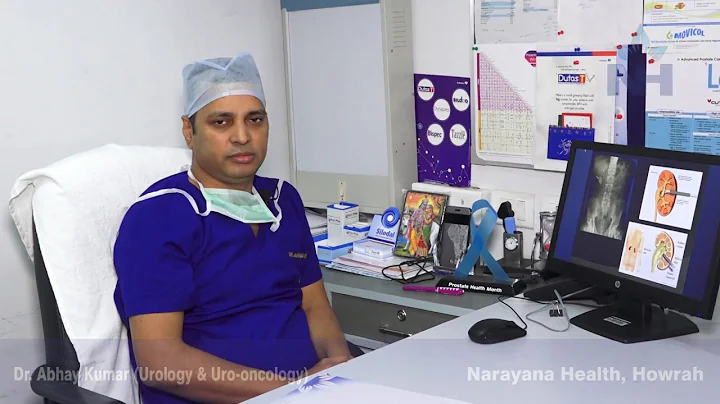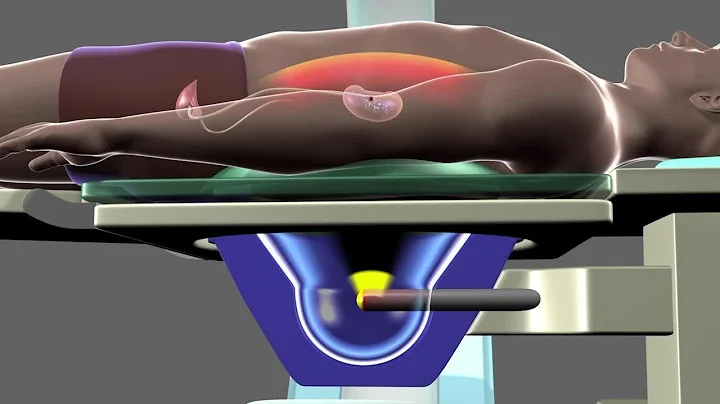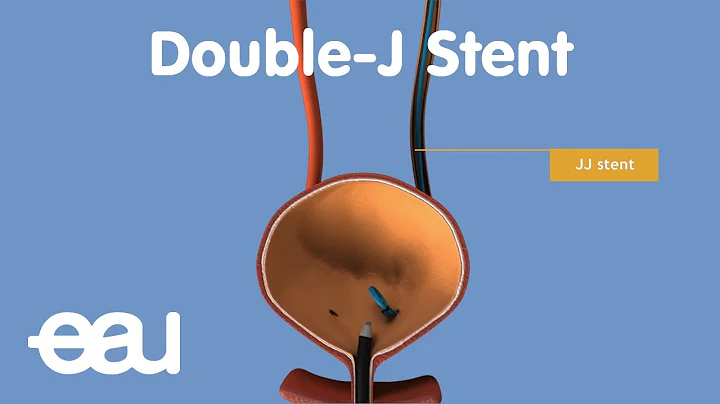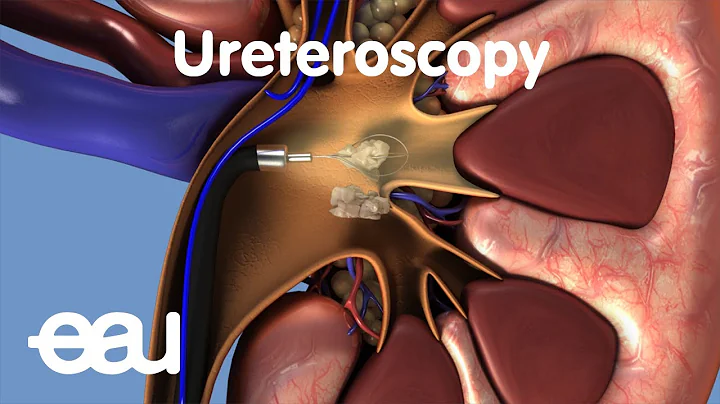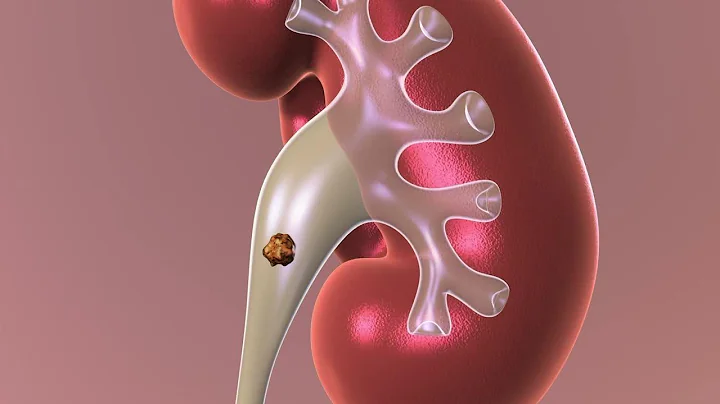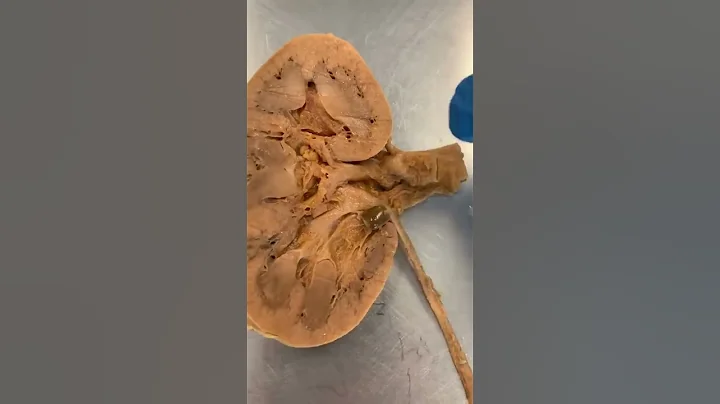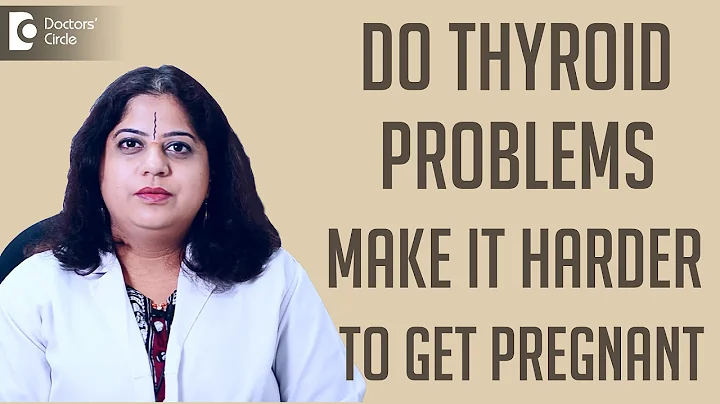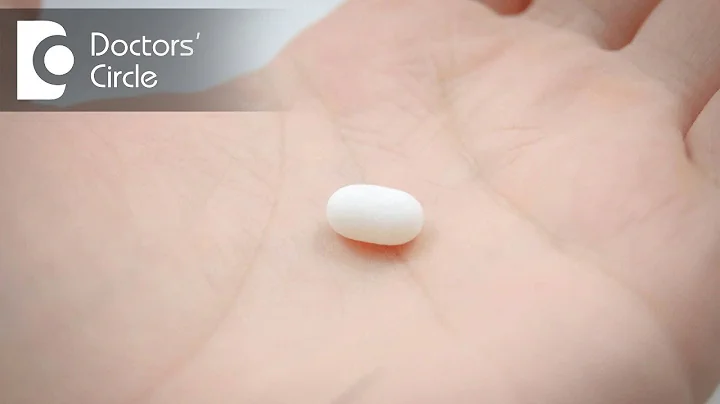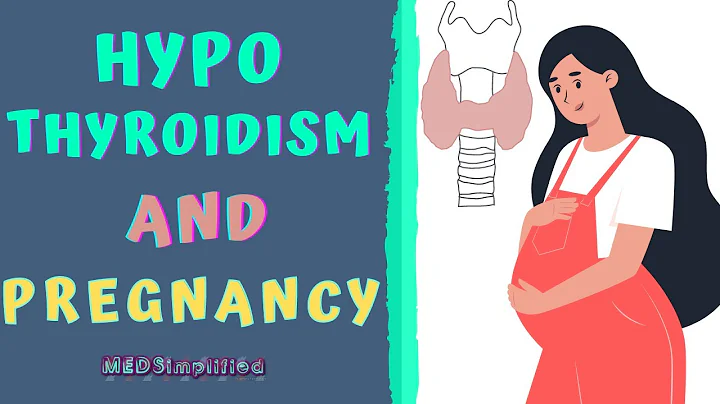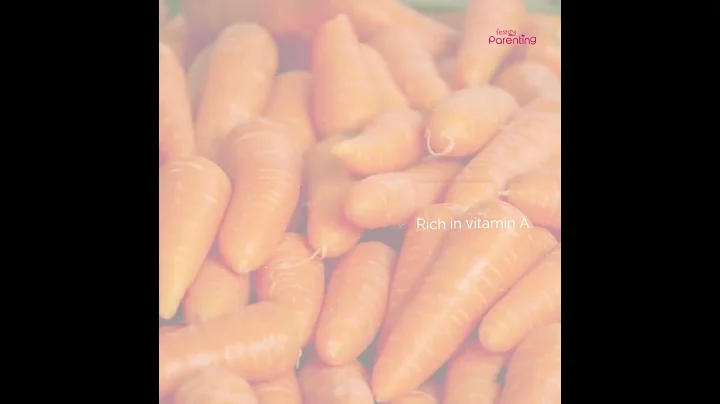Recently, as the temperature continues to rise,
urinary system stones have also entered a period of high incidence.
Clinically, the age of onset of
stones is getting younger and younger.
The Department of Urology, , Jiangsu Provincial Hospital of Traditional Chinese Medicine, recently treated
many cases of preschool children with stones.
The baby kept crying
I never thought it was caused by stones
More than a year ago, Ms. Gao from Suqian found that her baby Yaya (pseudonym) was always crying and had low-grade fever. She thought the child had a cold, so she went there The local hospital did an examination and found nothing abnormal.
The weather has been hot recently. Yaya, who is 2 and a half years old this year, suddenly started to have intermittent hematuria. She went to the hospital and was diagnosed with a B ultrasound examination of a right kidney stone, which was already 2.5 cm in size. At the same time, the right kidney had obvious water accumulation and intermittent fever. So I found Xu Yan, director of the Urology Department of Jiangsu Provincial Hospital of Traditional Chinese Medicine.

△The medical team established ultra-fine channels in Yaya’s (pseudonym) kidney
“The baby cried a lot when he arrived, and had a large stone load, which resulted in heavier hydronephrosis , which caused swelling and pain. And it is accompanied by infection. The child is young and cannot describe his condition correctly and can only express his appeal through crying. This situation is very dangerous and must be treated immediately without delay. "Director Xu Yan said that after repeated discussions, the team decided. After controlling the infection, it was decided to perform "ultra-minimum percutaneous nephrolithotomy" on the child.

△After the operation, Director Xu Yan was leading the medical staff to conduct ward rounds for Yaya (pseudonym).
During the operation, under B-ultrasound positioning, a puncture channel was accurately made through the child's waist skin, and an ultra-fine channel was established in the right kidney, directly to renal calyce , Director Xu Yan carefully inserted the nephroscope specially designed for children into the child's kidney, and used holmium laser to break the stones bit by bit and remove the gravel.
My child has blood in his urine
It does not necessarily mean he ate the wrong thing
"My child found blood when he urinated two weeks ago. At first I thought it was caused by inflammation after eating the wrong thing, so I went to the local hospital for two days to have blood. After two days, the blood was still there. So, we quickly took her to Children's Hospital for examination. B-ultrasound showed that the child had a stone about 6mm in size in the right kidney." Ms. Chen from Anhui looked at her 2-year-old daughter Tiantian (pseudonym) with a sad face. Because it was not very serious, the doctor judged that the baby's hematuria was related to kidney stones. He suggested that he go to the Urology Department of Jiangsu Provincial Hospital of Traditional Chinese Medicine to see Director Xu Yan. He also has rich experience in children's stones.

△Tiantian (pseudonym) was preparing for surgery.
Ms. Chen anxiously took Tiantian to Director Xu Yan. "Although the baby's stones are only about 6mm, because the baby's kidneys are very small, stones of this size are already equivalent to 1-2 centimeters in size for adults." Director Xu Yan said, considering the overall situation of the baby's stones, finally in With the cooperation of the anesthesiology department, she underwent extracorporeal shock wave lithotripsy, and the operation went smoothly. The postoperative B-ultrasound showed that all the baby's kidney stones had been broken into pieces. In addition, the child's ability to pass stones in the ureter was very good, so the broken stones would be excreted in the urine.
Tiantian was able to eat normally and run around the ward that afternoon. Tiantian has now recovered and been discharged from the hospital. Director Xu Yan said: "Extracorporeal shock wave lithotripsy treatment is relatively less invasive. The shock wave is generated by the extracorporeal lithotripsy machine. The machine focuses it and then aims it at the stones. It can be repeated many times to break the stones in the body and make them follow the urine. It is more suitable for children with relatively small stones and no hydronephrosis. "
Children are at high risk of stones.
Different methods can be used to remove stones.
"Children's kidneys are very small, generally no more than 6 cm in size, so they are smaller than those of adults. For stones, the risk of stone surgery in children is greater. In addition to the risk of uncontrollable bleeding, it is necessary to minimize the number of anesthesia and strive for the least time to solve the baby's problem. This requires the team to have sufficient plans and skilled techniques."Director Xu Yan introduced that Jiangsu Provincial Hospital of Traditional Chinese Medicine is the base for the prevention and treatment of stone disease in East China. The Department of Urology has carried out the first child stone surgery in 2014 and has carried out more than 200 children's stone surgery so far. Every small patient has a smooth operation. The youngest is only 11 months old.
Under normal circumstances, when the diameter of a child's stone is less than 0.4cm, proper drinking water can help the child expel the stone through the urethra. Due to the limitation of the size of the ureteral lumen in children, the youngest one is 11 months old. It is often necessary to use other means to help stones pass. Depending on the condition of each child (such as the size and location of the stone, the age of the child, etc.) and the surgical indications, extracorporeal shock wave lithotripsy, hard/soft transurethral ureteral surgery can be used Different methods such as endoscopic lithotripsy, percutaneous nephrolithotomy, etc.
The recurrence rate of stones in children is high
Cause diagnosis is the key
The most confusing thing for parents of children is "Why can such a small baby develop stones?" Director Xu Yan explained that in recent years, the incidence of urinary stones in children has increased significantly, and they are getting younger and younger, and they have become a high-risk group. Among them, metabolic disorders, genetic defects, anatomical abnormalities, urinary tract infections , etc. are the most common diseases in children. Common causes of stone disease, these factors may intersect with each other to eventually form stones; in addition, geographical environment, socioeconomic conditions, drug treatment and other factors may also cause stones in children.
Clinical studies have shown that stones in children will almost 100% recur, which also means that. Once children are diagnosed with stones, treatment may be necessary for the rest of their lives. Therefore, in addition to striving for surgical removal of stones, diagnosis of the cause of stones and accurate prevention of recurrence are the key to treatment.
Director Xu Yan suggested that once a child is found to have urinary tract disease. To treat stones, early intervention and treatment are required. At the same time, through metabolic assessment of stone components, dietary structure, living habits and other factors, the cause of the disease can be found, and a systematic and personalized plan can be formulated to solve the root cause of stone prevention and treatment. Question.
(Jiangsu News)
